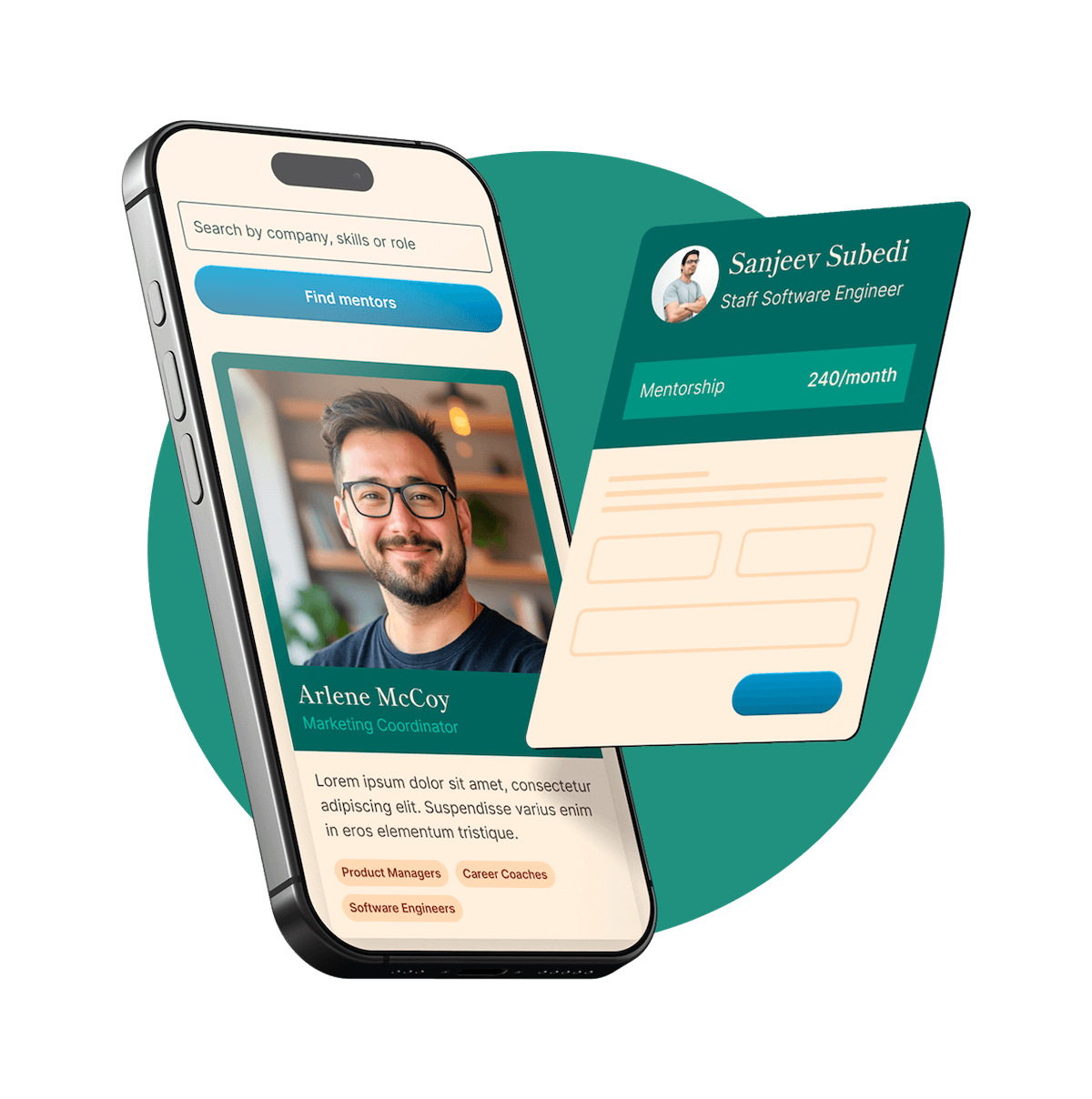"You need an app to stay competitive."
"Apps are the future of digital business."
"Without an app, you're missing out on 90% of smartphone usage time spent."
I used to make these exact claims in sales pitches all the time. And yes, the data is real— in 2024, consumers spend on average 3.5 hours daily on mobile, and use 26 apps per month.
But does this automatically mean your business needs an app? Not even close.
And in 2025, the rise of vibecoding: the latest wave of AI-powered no-code platforms, makes this decision even trickier. Vibecoding promises to let anyone build sophisticated apps within days (or even hours) without writing a single line of code. The hype is enormous, but where does this leave you and your unique business needs?
After advising thousand businesses at Google on this exact question, I've learned that apps could be a wrong move for many companies. Let's cut through the noise and talk about what actually matters.
First, understand that websites and apps aren't just different channels—they're different business models:
Website business:
App business:
This fundamental disconnect explains why so many businesses fail after launching an app. Starbucks is a perfect example—their initial app was simply a digital payment tool, essentially a website function wrapped in an app. When they redesigned it around the rewards program with streak-based incentives and personalized offers in 2016, their mobile orders jumped to 10% in Q4 2017, and the redesign led to a 67% increase in rewards sign-ups and a 48% rise in customer engagement. They were playing the website game in an app ecosystem until they embraced app-specific behavior patterns.
Having said that, some businesses genuinely should begin with an app. You're app-first material if:
Certain verticals are app-native. According to Sensor Tower's State of Mobile Report 2025, these categories consistently outperform others in both user retention and monetization:
Duolingo’s streak feature remains one of their most powerful engagement mechanics. Other education apps like Busuu saw a 15% increase in total sessions within a month of adding streak feature.
Subscription businesses thrive in apps because:
If your core value requires mobility, apps win:
This is why navigation apps like Google Maps and video editing tools like CapCut are almost exclusively used in their app form despite having web versions. When you're lost, you don't want to type a URL. When you're a content creator capturing spontaneous moments, you need immediate access to your editing tools when inspiration strikes.
Already have a successful website? Look for these signals that it's app time:
When over 40% of your web traffic is returning visitors, you've built enough loyalty to justify an app's higher friction. Wayfair waited for this benchmark before launching their app, which now drives 56.7% of their orders.
When 65%+ of your traffic is mobile but your conversion rates are significantly lower than desktop, an app might be the solution. Booking.com noticed that about 60% of its bookings were coming from mobile devices. In response, they developed a mobile app that now has 135 million mobile active users in 2024.
Apps can do things websites simply can't:
If you offer thousands of products or content pieces, apps enable better personalization through:
Before proceeding with any app development path, be brutally honest about:
If you answered "no" to any of these, stop and focus on your website instead. But if you answered "yes" to all three, you're ready to explore implementation options.
In my next newsletter, I'll dive into the practical side of app development in 2025: traditional development realities, the vibecoding revolution, Progressive Web Apps as a middle-ground option, and my recommended staged approach for most businesses.
You'll discover which development path makes the most sense for your budget, timeline, and business goals—and how to implement it without wasting resources on approaches that don't fit your needs.
Stay tuned for part 2!
Thank you for reading until the end :) I'm Loretta, and I've spent the past decade at Google working with thousands of customers all over the world. My work spans digital marketing, business transformation, strategic partnerships, program management, and app development.
I believe AI will empower individuals more than ever, and I'm here to translate my decade of experience into simple, actionable advice to help you achieve your goals. I aim to post bi-weekly.
Want more tips like these? I run mentorship sessions and create low-cost guides designed for businesses at any stage. If you still haven't, check out my Beginner's Guide to Digital Marketing Strategy (2025) and Ultimate Digital Marketing Metrics Glossary 2025 – it's completely free and distills everything I've learned about what metrics actually matter.
Find out if MentorCruise is a good fit for you – fast, free, and no pressure.
Tell us about your goals
See how mentorship compares to other options
Preview your first month
